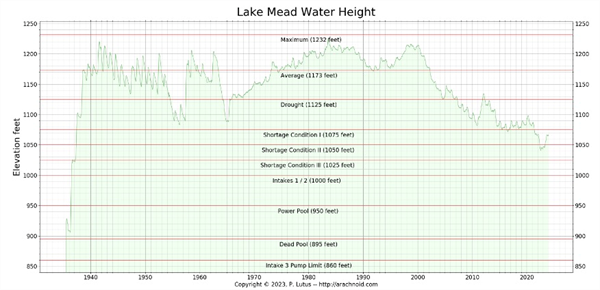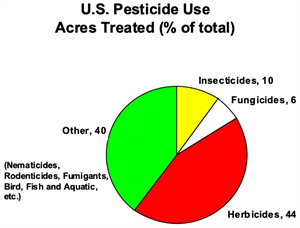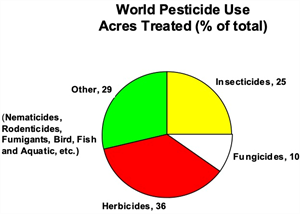-
Jul 28, 2021Preparing for Diamondback Moth on Fall Cole Crops*
In preparation for fall produce season, it may be appropriate to reflect on what pest pressure you can anticipate encountering. Even though it’s been five years since the devastating diamondback moth (DBM) outbreaks, apprehension remains that DBM could appear in large numbers this fall. In the desert, DBM is generally considered a minor pest that occasionally builds up to damaging levels in the late winter and spring. In fall produce crops, survey data has shown that DBMs can easily be controlled control with 1-2 well timed insecticide sprays. But in the fall 2016, outbreaks of DBM population occurred throughout all vegetable growing regions in Arizona where it was determined that the source of the DBM originated from infested transplants. We later discovered that the invasive DBM population was highly resistant to chlorantraniliprole. Infestations experienced by Arizona growers that season were not anticipated, and overall, the resistant DBM caused serious economic losses in Cole crops. However, the population abundance of DBM in the desert the last four seasons has been significantly lower than what was observed in 2016. In fact, we received no complaints from PCAs or growers of uncontrollable DBM infestations, crop damage or yield losses like experienced in 2016, and PCAs reported having no difficulty controlling larvae or adults with commonly used insecticides, including the chlorantraniliprole. We have concluded that the DBM populations that appeared in in the desert in the past 4 seasons (2017-2021) were a distinctly different population than those that infested crops in the fall of 2016. It is highly likely that the DBM populations showing up in the desert the past 4 seasons migrated concurrently onto direct-seeded and transplanted cole crops in wind currents following September storms, or as we observed last fall, likely hitched a ride on transplants from coastal nurseries. Field trials conducted at the Yuma Ag Center last year confirmed the local DBM populations were susceptible to the key insecticides (Radiant, Proclaim, pyrethroids, Verimark/Exirel, Coragen/Beseige) used for their management. In addition, laboratory bioassays of field collected DBM from YAC last fall and spring showed no indication of resistance to any of the products. Finally, Verimark transplant drenches remain popular on transplanted crops. Results from the survey and research at YAC suggest that this approach provides excellent residual activity of Lepidopterous larval species, including DBM. Growers considering including Verimark in their fall transplant program should weigh the cost of product and drench application to alternative foliar sprays normally used to control fall Lep pests.
To document the impact of the DBM outbreaks on Arizona Cole crops the past four seasons, we conducted a two-part survey of growers and PCAs from Yuma, Maricopa, and Imperial Counties in April 2021 to (1) estimate the severity of yield losses from DBM on direct-seeded and transplanted Cole crops, and (2) the intensity of chemical management required to control DBM, and associated level of control provided by each insecticide product used. To download a copy of the survey results and recent research click on the link below:Impact of Diamondback Moth on Desert Cole Crops, 2016-2021
2020 Guidelines for Diamondback Moth Management in Desert Cole Crops
Note: DBM are like a box of chocolates: “You never know what you’re going to get”. Do not become complacent. Because DBM populations disappear from the desert each summer and reappear on fall crops from outside sources (see graph below), we never really know how abundant fall populations will be, or how susceptible to insecticides they will be. So be vigilant in scouting and follow IPM guidelines for DBM management. To download a copy of the 2020 DBM Management Guidelines, click on the link below:To contact John Palumbo go to: jpalumbo@ag.Arizona.edu














